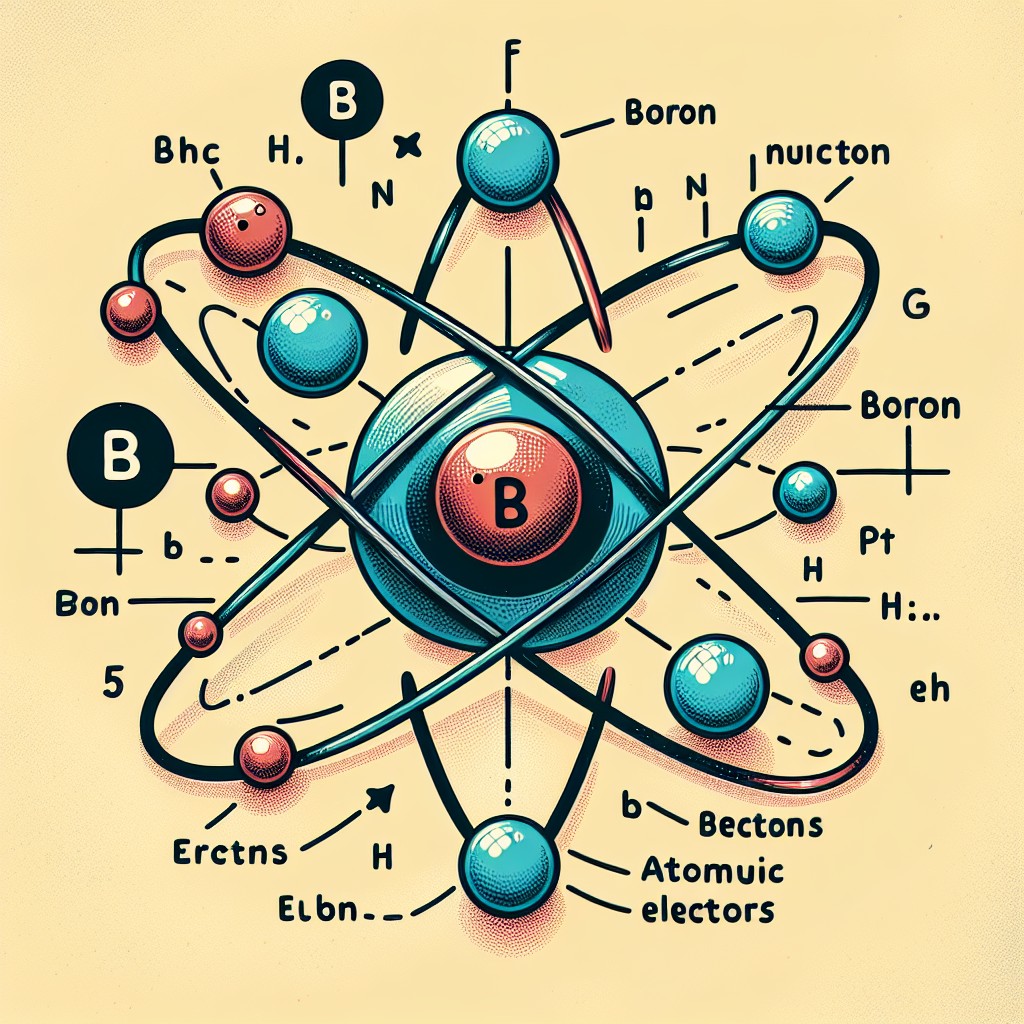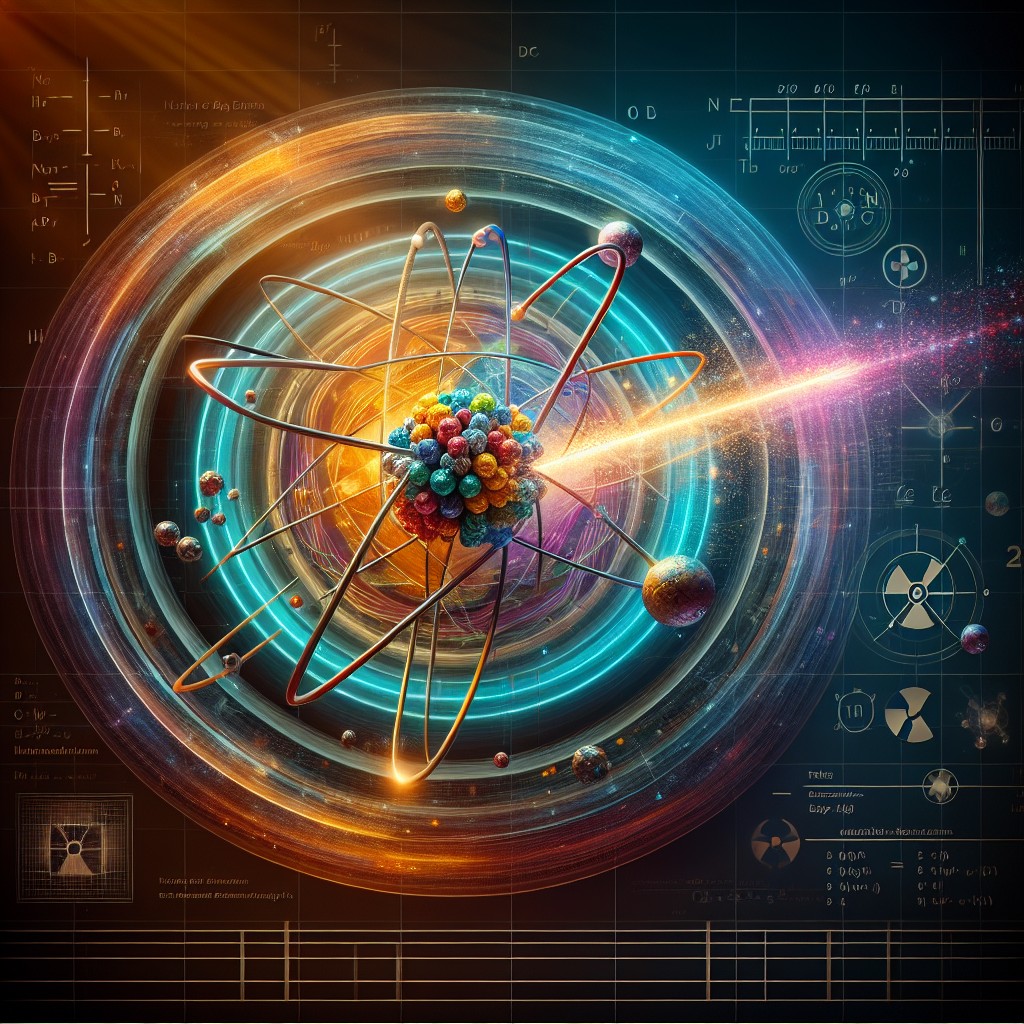NATO, or the North Atlantic Treaty Organization, was established in 1949 as a collective defense alliance between North American and European countries. Its primary purpose was to counter the threat posed by the Soviet Union during the Cold War. Over the years, NATO has evolved into a powerful military alliance that plays a crucial role in global security.
NATO’s military power is derived from its member countries, which include some of the world’s most advanced and capable militaries. These countries pool their resources and capabilities to enhance their collective defense and deter potential adversaries. NATO’s military power is also bolstered by its extensive network of partnerships and alliances with other countries and organizations.
Summary
- NATO is a military alliance formed in 1949 to counter the Soviet Union’s influence in Europe.
- NATO’s role in global security has expanded to include counterterrorism, cyber defense, and crisis management.
- NATO’s military capabilities include air, land, and sea forces, as well as intelligence and surveillance capabilities.
- NATO conducts regular military exercises and training programs to maintain readiness and interoperability among member states.
- NATO has conducted military operations and missions in Europe, the Middle East, and Africa, including peacekeeping and combat operations.
The Role of NATO in Global Security
NATO’s mission is to safeguard the freedom and security of its member countries through political and military means. Its objectives include collective defense, crisis management, and cooperative security. NATO’s military power plays a vital role in achieving these objectives and maintaining global security.
One of NATO’s key contributions to global security is its commitment to collective defense. Article 5 of the NATO treaty states that an attack on one member country will be considered an attack on all, and the alliance will respond accordingly. This deterrent effect helps prevent aggression and promotes stability in the Euro-Atlantic region.
NATO also plays a crucial role in crisis management and peacekeeping operations. The alliance has conducted numerous military operations and missions around the world, including in Afghanistan, Kosovo, and Libya. These operations aim to restore peace and stability in conflict-affected areas and prevent the spread of violence and extremism.
NATO’s Military Capabilities and Resources
NATO’s military capabilities are diverse and extensive, thanks to the combined resources of its member countries. The alliance possesses advanced air, land, sea, and cyber capabilities that enable it to respond effectively to various security challenges.
In terms of defense spending, NATO member countries collectively spend over $1 trillion on defense annually, accounting for more than half of global defense spending. This significant investment allows NATO to maintain a high level of military readiness and modernize its forces.
NATO member countries also contribute their military resources to the alliance. This includes personnel, equipment, and infrastructure. For example, the United States, as the largest contributor, provides a significant portion of NATO’s military capabilities, including its nuclear deterrent.
Military Exercises and Training Programs of NATO
NATO conducts regular military exercises to enhance its readiness and interoperability among member countries. These exercises involve land, air, and maritime forces and simulate various scenarios to test and improve NATO’s military capabilities.
One of the most significant NATO exercises is the Trident Juncture exercise, which takes place every few years. It involves thousands of troops from multiple member countries and tests NATO’s ability to respond to a large-scale crisis or conflict.
Training programs are also essential for NATO’s military power. These programs focus on developing the skills and knowledge of NATO personnel and improving their ability to operate effectively in multinational environments. They also promote cooperation and understanding among member countries’ armed forces.
NATO’s Military Operations and Missions
NATO has conducted numerous military operations and missions throughout its history. These operations aim to address security challenges and promote stability in different parts of the world.
One notable example is NATO’s involvement in Afghanistan. Following the September 11 attacks in 2001, NATO invoked Article 5 for the first time in its history, declaring that the attacks were an attack on all member countries. NATO then led the International Security Assistance Force (ISAF) mission in Afghanistan to combat terrorism and support the Afghan government.
NATO has also conducted operations in the Balkans, including the Kosovo Force (KFOR) mission. This operation aimed to restore peace and stability in Kosovo following the conflict in the late 1990s. NATO’s presence in the region helped prevent further violence and facilitated the establishment of a secure environment for the local population.
The Evolution of NATO’s Military Power

NATO’s military power has evolved significantly over time, reflecting changes in the global security landscape and advancements in technology.
During the Cold War, NATO’s primary focus was on deterring the Soviet Union and defending its member countries against a potential invasion. This led to the deployment of large conventional forces along the Iron Curtain and the development of nuclear capabilities as a deterrent.
After the end of the Cold War, NATO shifted its focus towards crisis management and peacekeeping operations. The alliance began to conduct military interventions outside its traditional area of operations, such as in the Balkans and later in Afghanistan and Libya.
Technological advancements have also had a significant impact on NATO’s military power. The alliance has embraced new technologies, such as unmanned aerial vehicles (UAVs), cyber capabilities, and precision-guided munitions, to enhance its military capabilities and improve its effectiveness on the battlefield.
NATO’s Military Partnerships and Alliances
NATO maintains a wide network of partnerships and alliances with other countries and organizations to enhance its military power and promote international security cooperation.
One of NATO’s key partnerships is with the European Union (EU). The two organizations share common values and objectives and work closely together on various security issues, including defense capability development, crisis management, and countering hybrid threats.
NATO also has partnerships with countries outside the Euro-Atlantic area, such as Australia, Japan, and South Korea. These partnerships aim to promote dialogue, cooperation, and interoperability between NATO and partner countries’ armed forces.
Furthermore, NATO has established partnerships with other international organizations, such as the United Nations (UN) and the African Union (AU). These partnerships facilitate coordination and cooperation in areas such as peacekeeping operations, humanitarian assistance, and disaster response.
The Importance of NATO’s Military Power in the 21st Century
NATO’s military power is of utmost importance in the 21st century due to the complex and evolving security challenges facing the international community.
One of the key challenges is the rise of non-state actors, such as terrorist organizations and cybercriminals. These actors pose a significant threat to global security and require a coordinated and robust response. NATO’s military power, combined with its political and diplomatic capabilities, can play a crucial role in countering these threats.
Another challenge is the proliferation of weapons of mass destruction (WMD) and their delivery systems. NATO’s military power, including its nuclear deterrent, helps deter potential adversaries from using or acquiring WMDs. It also contributes to non-proliferation efforts and promotes stability in regions affected by WMD-related conflicts.
Furthermore, NATO’s military power is essential for addressing regional conflicts and instability. The alliance’s ability to conduct military operations and missions, as demonstrated in Afghanistan and the Balkans, helps restore peace and stability in conflict-affected areas and prevent the spread of violence and extremism.
NATO’s Military Strategy and Doctrine
NATO’s military strategy and doctrine provide the framework for its military power and operations. They guide the alliance’s decision-making process and ensure a coordinated and effective response to security challenges.
NATO’s current military strategy is outlined in its Strategic Concept, which was adopted in 2010. The strategy emphasizes collective defense, crisis management, cooperative security, and partnership building. It also highlights the importance of interoperability, flexibility, and adaptability in NATO’s military operations.
NATO’s doctrine provides guidance on how to plan, execute, and assess military operations. It covers various aspects of warfare, including command and control, intelligence, logistics, and force protection. The doctrine is regularly updated to reflect changes in the security environment and advancements in military technology.
A clear and coherent military strategy and doctrine are essential for NATO’s military power. They provide a common understanding and framework for member countries’ armed forces, enabling them to work together effectively and achieve their objectives.
Future Prospects for NATO’s Military Power
Looking ahead, NATO’s military power faces both challenges and opportunities in the future.
One of the main challenges is the changing nature of warfare, characterized by the increasing use of technology and the blurring of traditional boundaries between conventional and unconventional threats. NATO will need to adapt its military capabilities and strategies to effectively address these new challenges.
Another challenge is the need to maintain political cohesion among member countries. NATO is an alliance of democracies with diverse interests and priorities. Ensuring unity and consensus on key security issues will be crucial for NATO’s ability to respond effectively to emerging threats.
However, there are also opportunities for growth and development in NATO’s military power. The alliance can leverage emerging technologies, such as artificial intelligence, autonomous systems, and space-based capabilities, to enhance its military capabilities and improve its effectiveness on the battlefield.
Furthermore, NATO can strengthen its partnerships and alliances with other countries and organizations to enhance its collective defense and promote international security cooperation. This includes deepening cooperation with the EU, expanding partnerships with non-member countries, and strengthening ties with international organizations such as the UN.
In conclusion, NATO’s military power plays a vital role in global security and stability. The alliance’s extensive military capabilities, resources, and partnerships enable it to effectively address a wide range of security challenges. NATO’s military power has evolved over time, reflecting changes in the global security landscape and advancements in technology. Looking ahead, NATO will need to adapt to emerging threats and leverage new technologies to maintain its military edge. The importance of NATO’s military power in maintaining global security cannot be overstated, as it provides a deterrent against aggression, promotes stability in conflict-affected areas, and contributes to the collective defense of its member countries.
FAQs
What is NATO?
NATO stands for North Atlantic Treaty Organization. It is a political and military alliance of 30 countries, including the United States, Canada, and most of Europe.
What is the purpose of NATO?
The purpose of NATO is to provide collective defense against potential security threats to its member countries. It also promotes cooperation and security in the Euro-Atlantic area.
What is the military power of NATO?
NATO is considered to be one of the most powerful military alliances in the world. It has a combined military budget of over $1 trillion and a total of 3.6 million personnel, including both active duty and reserve forces.
What are some of the military capabilities of NATO?
NATO has a wide range of military capabilities, including air, land, and sea forces. It also has advanced intelligence, surveillance, and reconnaissance capabilities, as well as cyber and space capabilities.
What is the role of the United States in NATO?
The United States is a founding member of NATO and is considered to be the most powerful member of the alliance. It provides a significant portion of NATO’s military capabilities and is responsible for the defense of Europe under NATO’s collective defense principle.
How does NATO respond to security threats?
NATO has a range of measures to respond to security threats, including collective defense, crisis management, and cooperative security. It also has a rapid reaction force, known as the NATO Response Force, which can be deployed quickly in the event of a crisis.


